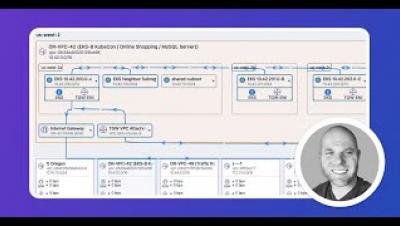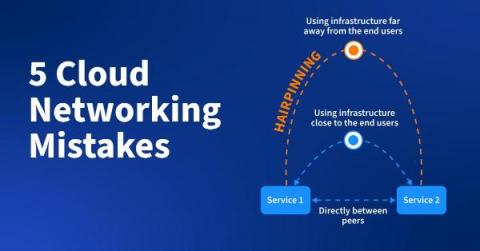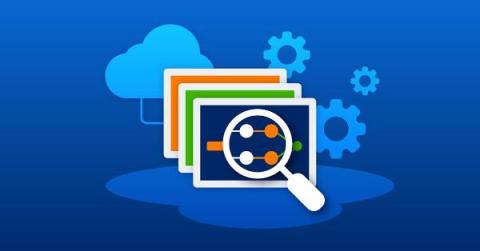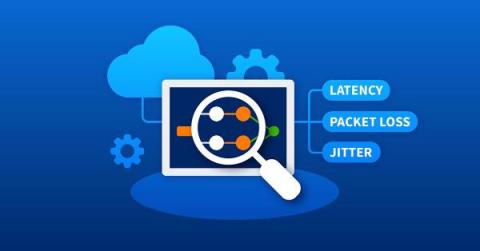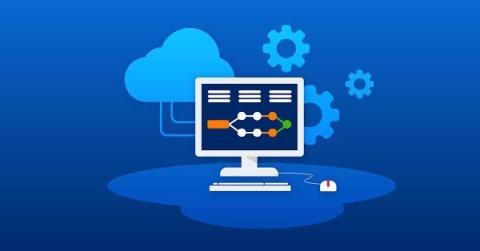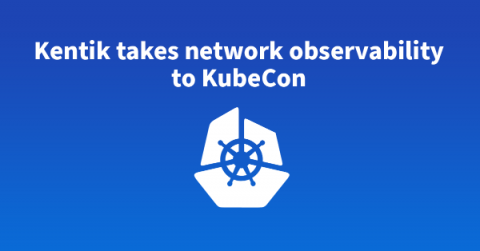Operations | Monitoring | ITSM | DevOps | Cloud
Kentik
Close the Cloud Monitoring Gap with Network Observability
To fully capitalize on the promises of digital transformation, IT leaders have come to recognize that a mix of cloud and data center infrastructure provides several business advantages, including increased agility, cost efficiencies, global availability, and, ultimately, better customer experiences.
Hidden Costs of Cloud Networking: Optimizing for the Cloud - Part 3
I used the first two parts of this series to lay out my case for how and why cloud-based networks can effectively “Trojan horse” costs into your networking spend and highlighted some real-world instances I’ve come across in my career. In the third and final installment of this series, I want to focus on ways you can optimize your personnel and cloud infrastructures to prevent or offset some of these novel costs.
Avoid These Five Cloud Networking Deployment Mistakes
When transitioning from physical infrastructure to the cloud, it’s easy to think that your networks will instantly be faster, more reliable, and produce windfalls of cost savings overnight. Unfortunately, this wishful line of thinking fails to account for some of the complexities of cloud networking and is one of the biggest drivers of the cloud deployment mistakes we see.
Suppressing Dissent: The Rise of the Internet Curfew
In the evening on September 30, people across Cuba found their internet service cut. The residents of this Caribbean nation had begun protesting their government’s tepid response to Hurricane Ian which had wrought destruction a week earlier. Internet service returned to normal the following morning, but this outage wasn’t caused by storm-related damage. This blackout was a deliberate act, a fact confirmed when service dropped out for the same period of time the following day.
Five Issues Your NetOps Team Will Face in the Cloud
For organizations of all types and sizes, networks are more than just a line item on a departmental budget. Modern digital enterprises understand that long-term competitiveness depends on maximizing their IT assets to create exceptional user experiences.
Everything You Need to Know About Synthetic Testing
Part two of a three-part guide to assuring performance and availability of critical cloud services across public and hybrid clouds and the internet Monitoring your user traffic is critical for knowing the quality of the digital experience you are delivering, but what about the performance of new cloud or container deployments, expected new users in a new region, or new web pages or applications that don’t have established traffic? This is where synthetic testing can be invaluable.
Using Kentik Synthetics for Your Cloud Monitoring Needs
The final post of a three-part guide to assuring performance and availability of critical cloud services across public and hybrid clouds and the internet Kentik Synthetics adds integrated, autonomous, pervasive performance test telemetry to our market-leading network traffic analytics and observability platform, the Kentik Network Observability Platform. For modern clouds, proactive synthetic monitoring can no longer be delivered as a standalone tool.
A Guide to Cloud Monitoring Through Synthetic Testing
A three-part guide to assuring performance and availability of critical cloud services across public and hybrid clouds and the internet.
Kentik takes network observability to KubeCon 2022
If you’re an engineer trying to fix real problems with your apps, looking at just one small part of the picture isn’t going to cut it. This is why Kentik is so focused on helping you understand what’s going on beyond single k8s instances, and it’s a big part of what network observability is all about. This was Kentik’s message at Kubecon 2022, which was a memorable event for us.


